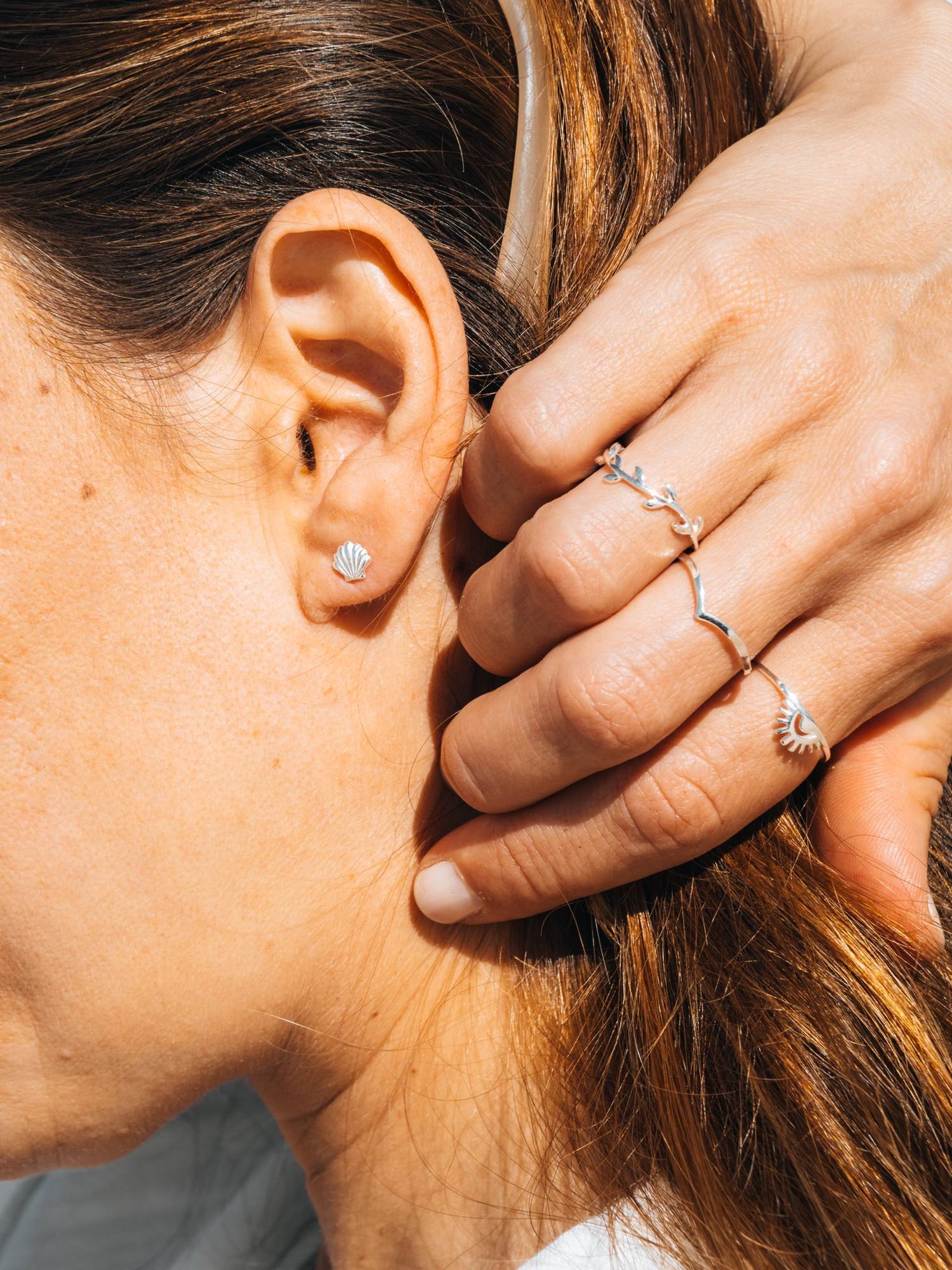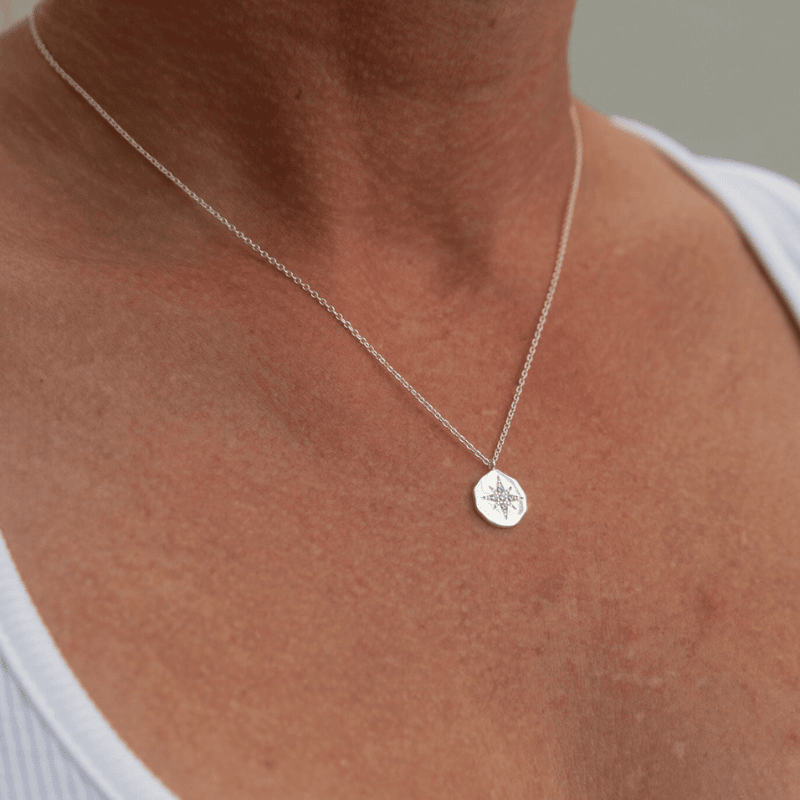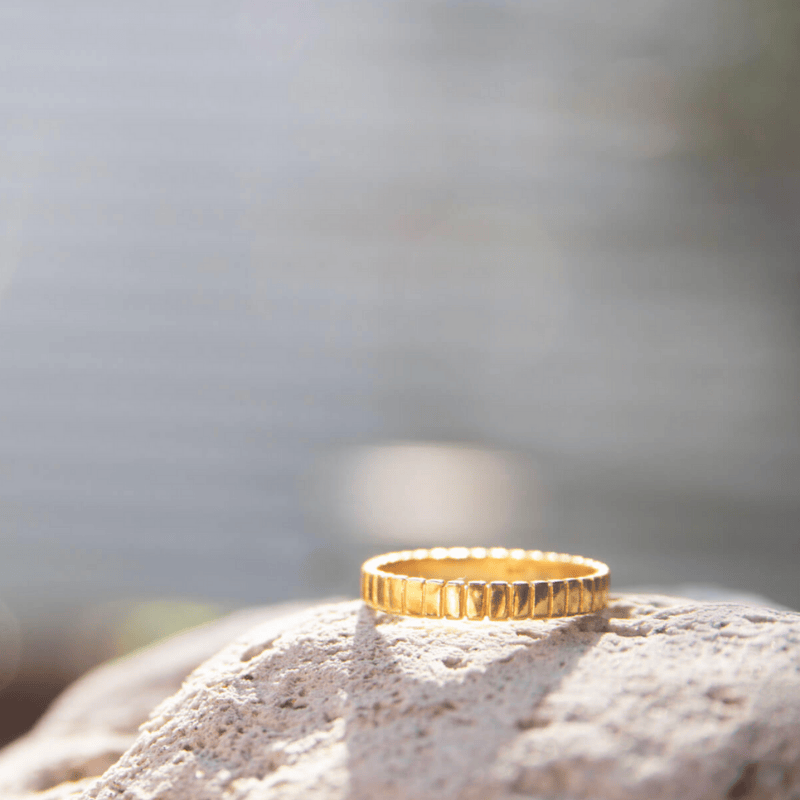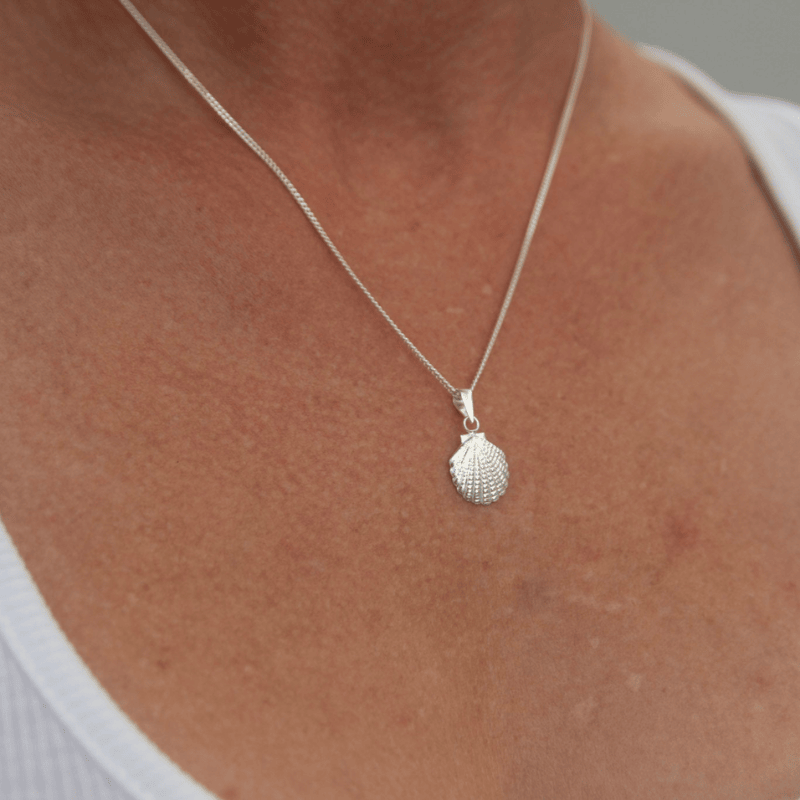General Tips for Sterling Silver Jewellery Care
Your sterling silver jewellery deserves to shine bright and stay beautiful for years to come. Proper care and maintenance are key to preserving its natural luster.
In this guide, we’ll cover everything you need to know about caring for your silver jewellery, from daily habits to cleaning techniques and storage tips. By following these steps, you can ensure your silver pieces remain shiny and beautiful for years to come.
1. Wear Your Jewellery Regularly
The more you wear your silver jewellery, the less likely it is to tarnish. Your skin’s natural oils can help protect the silver from oxidation, while friction from wearing it helps remove minor tarnish. So, don't be afraid to wear your favourite silver pieces daily!
2. Remove Jewellery Before Showering or Swimming
While wearing your silver jewellery in the shower or pool might seem harmless, water can cause damage over time. Chlorine and saltwater, in particular, can tarnish and degrade the metal. Always remove your silver jewellery before swimming in the ocean or a pool.

3. Take Off Jewellery When Exercising
Physical activities and heavy workouts can expose your jewellery to sweat, lotions, and abrasive surfaces that can dull the shine of your silver. It’s best to remove rings, bracelets, and necklaces before hitting the gym.
4. Avoid Exposure to Chemicals
Harsh chemicals found in household cleaners, bleach, and chlorine can damage the surface of sterling silver, causing it to lose its shine and tarnish. Always apply these products before putting on your jewellery, and try to avoid spraying them directly onto your pieces.
5. Remove Before Applying Cosmetics
Lotion, hairspray, perfumes, or cleaning products can cause tarnishing or discolouration on sterling silver. Always apply these products before wearing your jewellery.
6. Store Jewellery Properly
When you’re not wearing your silver jewellery, make sure to store it in a cool, dry place. Air and humidity can accelerate tarnishing, so avoid leaving your jewellery in humid environments like the bathroom. A jewellery box with compartments or pouches specifically designed to protect silver will keep it safe from scratches and tarnishing.
7. Keep Silver Away from Rubber
Rubber bands and other rubber materials contain sulphur, which reacts with silver and accelerates tarnishing. Avoid storing your jewellery in places where it comes into contact with rubber, including in bags or on rubber-lined jewellery stands.

Why does silver tarnish?
Before diving into the care tips, it's important to understand why silver tarnishes in the first place. Silver tarnishing occurs when the metal reacts with sulphur and oxygen in the air. This natural process forms a thin layer of tarnish, usually a dark or dull coating, on the surface of your jewellery. Tarnish is completely normal, and, in fact, it’s a sign of silver’s authenticity and purity. While tarnish is inevitable over time, proper care can help minimise the process and keep your pieces looking polished and radiant.
How to Clean Silver Jewellery at Home
Even with regular wear and care, your silver jewellery will eventually accumulate some tarnish. Luckily, cleaning silver is easy, and you don’t need expensive cleaners or equipment to restore its shine. Here are some simple methods to clean your silver jewellery at home.

Method 1: Soap and Water
- Mix warm water with a small amount of mild dish soap.
- Soak your silver jewellery in the solution for a few minutes.
- Gently scrub with a soft toothbrush to remove dirt or grime. Avoid harsh scrubbing to prevent scratches.
- Rinse under warm running water and dry thoroughly with a soft, lint-free cloth.

Method 2: Baking Soda and Aluminium Foil
For silver pieces that have heavy tarnish, the baking soda and aluminium foil method is a popular and effective way to remove tarnish:
- Line a bowl with aluminium foil (shiny side up).
- Boil a cup of water and add 1 tablespoon of baking soda.
- Pour the hot water into the bowl, ensuring the baking soda dissolves.
- Place your tarnished silver jewellery into the bowl, ensuring each piece touches the aluminium foil. This helps to break down the tarnish.
- Leave your jewellery in the solution for a few minutes (up to 10 minutes for stubborn tarnish).
- Remove the jewellery with tongs or a cloth, rinse it under cool water, and dry it with a clean cloth.

Method 2: Silver Polishing Cloth
For regular maintenance, a silver polishing cloth is a great investment. These cloths are treated with a special polish that helps to remove tarnish and restore the shine to your silver jewellery. Simply rub the jewellery with the cloth to keep it looking radiant.
How to Store Silver Jewellery
Proper storage is essential for maintaining your silver jewellery’s luster. Here are some tips to keep your pieces looking their best:
1. Use Anti-Tarnish Pouches or Cloths
Anti-tarnish pouches or cloths are great for protecting your jewellery from tarnish. These pouches contain a special coating that prevents the silver from coming into contact with sulphur and moisture in the air. You can also use anti-tarnish strips or silica gel packs in your jewellery box to absorb moisture.
2. Store Each Piece Separately
To prevent scratches and tangling, store each piece of jewellery in its own compartment or pouch. For example, place your rings, necklaces, and bracelets in separate pouches or boxes to prevent them from rubbing against each other.
3. Avoid Storing Jewellery in Humid Environments
Humidity accelerates tarnishing, so avoid storing your silver jewellery in the bathroom or other damp areas. Instead, choose a cool, dry place away from humidity and direct sunlight.
4. Use a Jewellery Box with Lined Compartments
A jewellery box with soft, cushioned compartments helps prevent scratches and keeps your silver jewellery organised. Look for a box with anti-tarnish lining for extra protection.
Professional Maintenance and Repairs
While proper care can keep your sterling silver jewellery in top condition, sometimes jewellery needs a little extra attention. If your jewellery becomes damaged, or if you need to resize a ring or replace a clasp, we recommend taking it to a professional jeweller.

